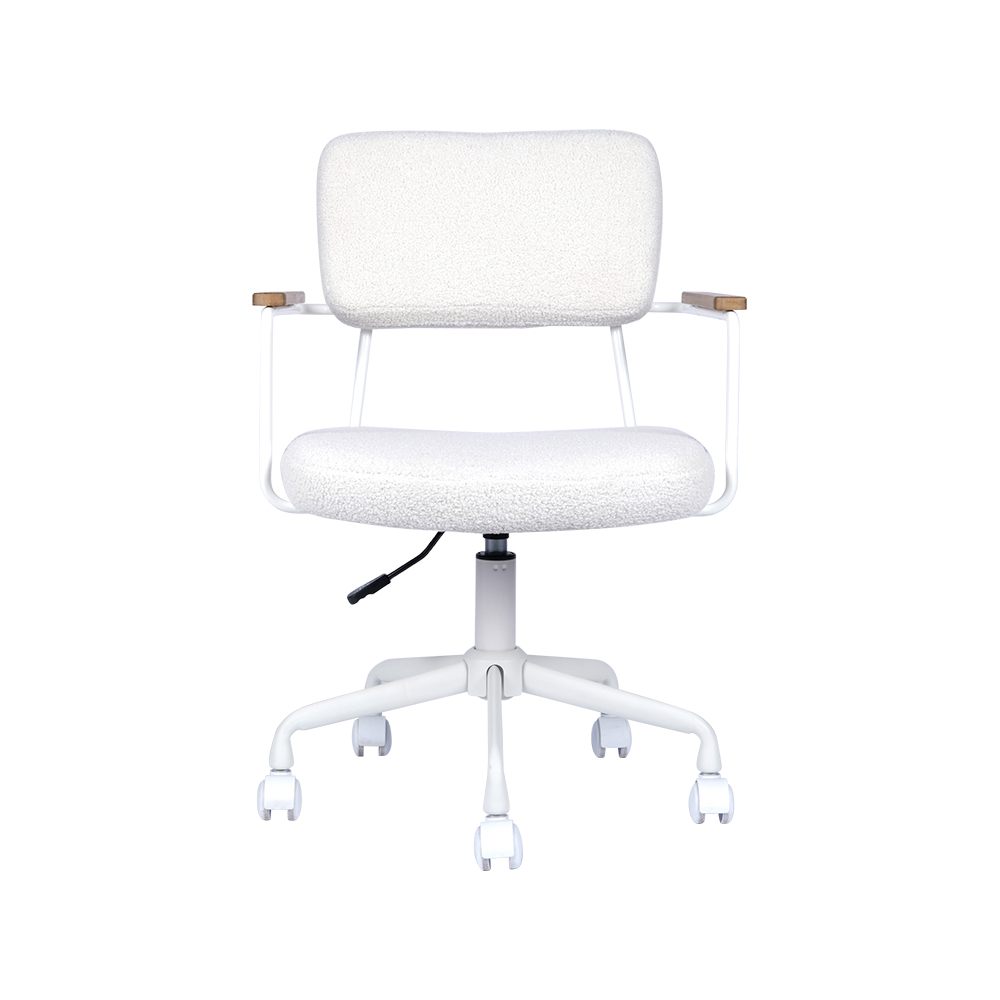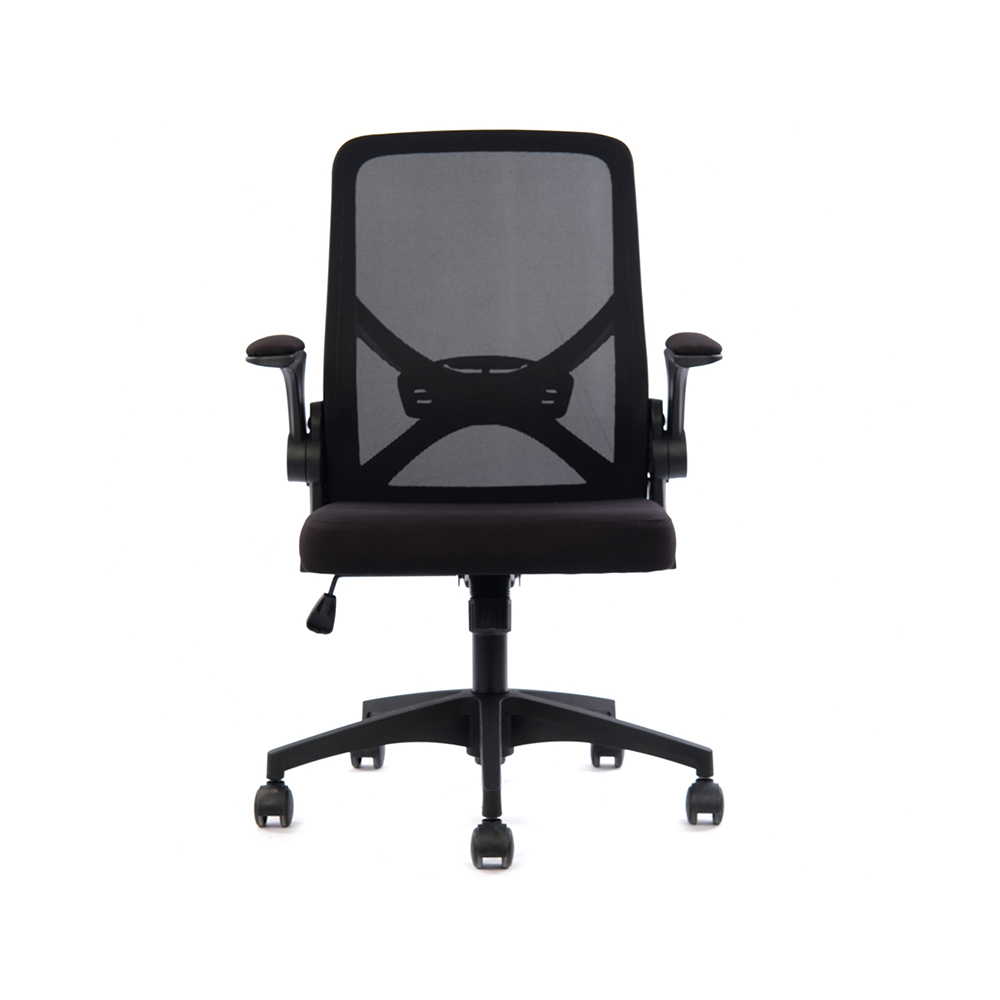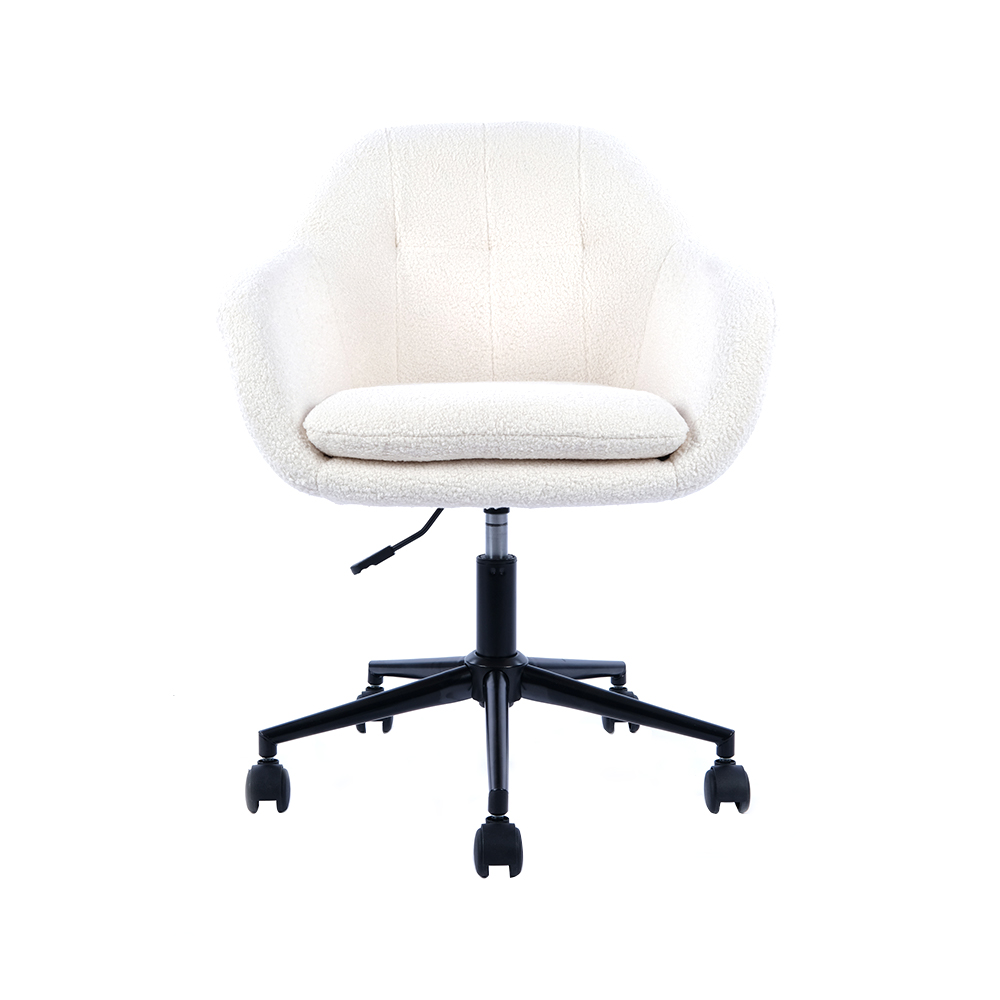+86-0572-5888031
Can Adjustable Office Chairs Help Prevent Repetitive Strain Injuries?
 2025.10.24
2025.10.24
 Industry News
Industry News
Repetitive strain injuries (RSIs) are a common problem in modern workplaces. With the rise of desk jobs and prolonged computer use, many employees experience discomfort, pain, or more serious musculoskeletal issues over time. One widely suggested solution to mitigate RSIs is using an adjustable office chair. But can these chairs truly help prevent such injuries?
Understanding Repetitive Strain Injuries
Repetitive strain injuries, also known as cumulative trauma disorders or overuse injuries, occur when a part of the body—typically muscles, tendons, or nerves—is subjected to repetitive motions, prolonged static positions, or awkward postures over time. Common RSIs include carpal tunnel syndrome, tendonitis, bursitis, and neck or shoulder strain.
Several factors contribute to the development of RSIs in an office setting:
- Extended periods of sitting: Staying in a single position for long hours places continuous stress on muscles and joints.
- Poor posture: Slouching or leaning forward can strain the back, neck, and shoulders.
- Improper workstation setup: Desk and monitor heights, keyboard placement, and seating arrangements all affect body mechanics.
- Repetitive movements: Typing, mouse use, and other repeated tasks can put stress on the wrists, hands, and forearms.
The symptoms of RSIs often start subtly—tingling, numbness, or mild discomfort—and can progress to chronic pain or reduced mobility if not addressed. Prevention is crucial because RSIs can significantly impact productivity and quality of life.
The Role of Office Chairs in Preventing RSIs
A proper office chair is more than just a comfortable place to sit. It plays a vital role in supporting posture, distributing body weight, and promoting healthy movement patterns throughout the day. Adjustable office chairs, in particular, are designed to adapt to the individual needs of users, making them a potentially effective tool in RSI prevention.
Key Features of Adjustable Office Chairs
-
Seat Height Adjustment
Seat height affects how your feet rest on the floor and the angle of your knees and hips. Chairs with adjustable height allow users to position their feet flat on the floor with knees bent at approximately 90 degrees, which reduces strain on the lower back and thighs. -
Seat Depth Adjustment
Adjusting seat depth ensures that the back of the knees does not press against the chair edge. Proper depth supports the thighs while maintaining circulation and preventing nerve compression, which can contribute to discomfort and RSIs in the legs. -
Lumbar Support
Lower back support is essential to maintain the natural curve of the spine. Adjustable lumbar support can reduce slouching, which often leads to tension in the shoulders and upper back—a common site of RSIs. -
Backrest Tilt and Recline
A reclining backrest allows micro-movements and weight shifts during prolonged sitting. This variation in posture decreases static strain on the spine, muscles, and tendons. -
Armrest Adjustment
Armrests that adjust in height and width support the forearms and reduce strain on shoulders and wrists. Proper arm support minimizes the risk of developing carpal tunnel syndrome or tendonitis from prolonged typing or mouse use. -
Swivel and Mobility
A chair that swivels and has caster wheels encourages movement and easy access to different parts of the workstation without twisting the spine awkwardly.
How These Features Help Prevent RSIs
-
Promoting Neutral Posture
Adjustable chairs encourage a neutral, upright posture, reducing strain on joints and muscles. For example, when wrists are kept straight while typing, and shoulders are relaxed, the risk of RSI in the hands, arms, and shoulders decreases. -
Encouraging Movement
Even minor adjustments, such as reclining slightly or shifting position, help prevent muscles from stiffening. Regular movement is key to preventing cumulative strain. -
Reducing Localized Pressure
Features like seat cushioning, lumbar support, and adjustable armrests distribute pressure more evenly, preventing localized stress that can lead to discomfort and injury over time. -
Customizing to Individual Needs
Every body is different, and repetitive strain often occurs when one-size-fits-all solutions are used. Adjustable office chairs allow customization to the user’s height, weight, and body shape, which can significantly reduce strain.
Evidence Linking Adjustable Chairs and RSI Prevention
Research in ergonomics consistently shows that proper seating can reduce the risk of musculoskeletal disorders and RSIs. Studies indicate that chairs with adjustable features decrease the incidence of lower back pain, neck strain, and shoulder discomfort among office workers. While adjustable chairs alone are not a cure-all, they are a foundational component of an ergonomic workstation.
For example, a study conducted by the Occupational Safety and Health Administration (OSHA) emphasized that adjustable chairs, combined with proper workstation setup and regular breaks, substantially lowered the risk of developing RSIs among computer users.
Integrating Adjustable Chairs Into an Ergonomic Workspace
While adjustable chairs are helpful, they are most effective when used as part of a comprehensive approach to workplace ergonomics. Consider the following practices:
-
Desk and Monitor Height
The monitor should be at eye level to prevent neck strain. Desks should allow sufficient legroom and clearance for comfortable arm positioning. -
Keyboard and Mouse Placement
Keyboards and mice should be positioned so that elbows remain at approximately 90 degrees, and wrists are straight, reducing stress on tendons and nerves. -
Frequent Micro-Breaks
Taking short breaks every 30–60 minutes encourages blood flow and relieves muscle tension, complementing the benefits of an adjustable chair. -
Stretching and Strengthening Exercises
Regular stretching and strengthening of the back, shoulders, and wrists can help prevent RSIs even in the presence of ergonomic furniture. -
Education and Training
Employees should be educated on how to properly adjust their chairs and workstations. Misuse of even the best chair can reduce its benefits.

Common Misconceptions About Adjustable Office Chairs
-
“Any Adjustable Chair Will Solve RSI Issues”
Not all chairs are created equal. A chair may have adjustments but still fail to provide adequate lumbar support or armrest positioning. -
“Comfort Equals Ergonomics”
A chair might feel comfortable initially but may not support proper posture over long periods. True ergonomics focuses on alignment and load distribution, not just comfort. -
“Once Seated, You Don’t Need to Move”
Even with a fully adjustable chair, prolonged static sitting is harmful. Movement and posture variation are essential components of RSI prevention.
Practical Tips for Choosing an Adjustable Office Chair
- Look for multiple adjustment options: Height, seat depth, lumbar support, backrest tilt, and armrest positioning are essential.
- Test before purchase: If possible, sit in the chair for at least 10–15 minutes to assess comfort and support.
- Consider quality and durability: Chairs with high-quality materials maintain support over time and reduce the risk of posture degradation.
- Think about workstation integration: Ensure the chair fits well under your desk and allows smooth mobility.
Conclusion
Adjustable office chairs are a valuable tool in preventing repetitive strain injuries, but they are not a standalone solution. Their greatest benefit comes from supporting neutral posture, reducing localized pressure, and encouraging small movements throughout the day. When combined with proper workstation setup, regular breaks, and ergonomic practices, adjustable chairs can significantly reduce the risk of RSIs and improve long-term comfort and productivity for office workers.
Ultimately, investing in a high-quality, adjustable office chair is not just a matter of comfort—it’s a proactive step toward protecting musculoskeletal health and preventing repetitive strain injuries.

 English
English عربى
عربى Español
Español 中文简体
中文简体















